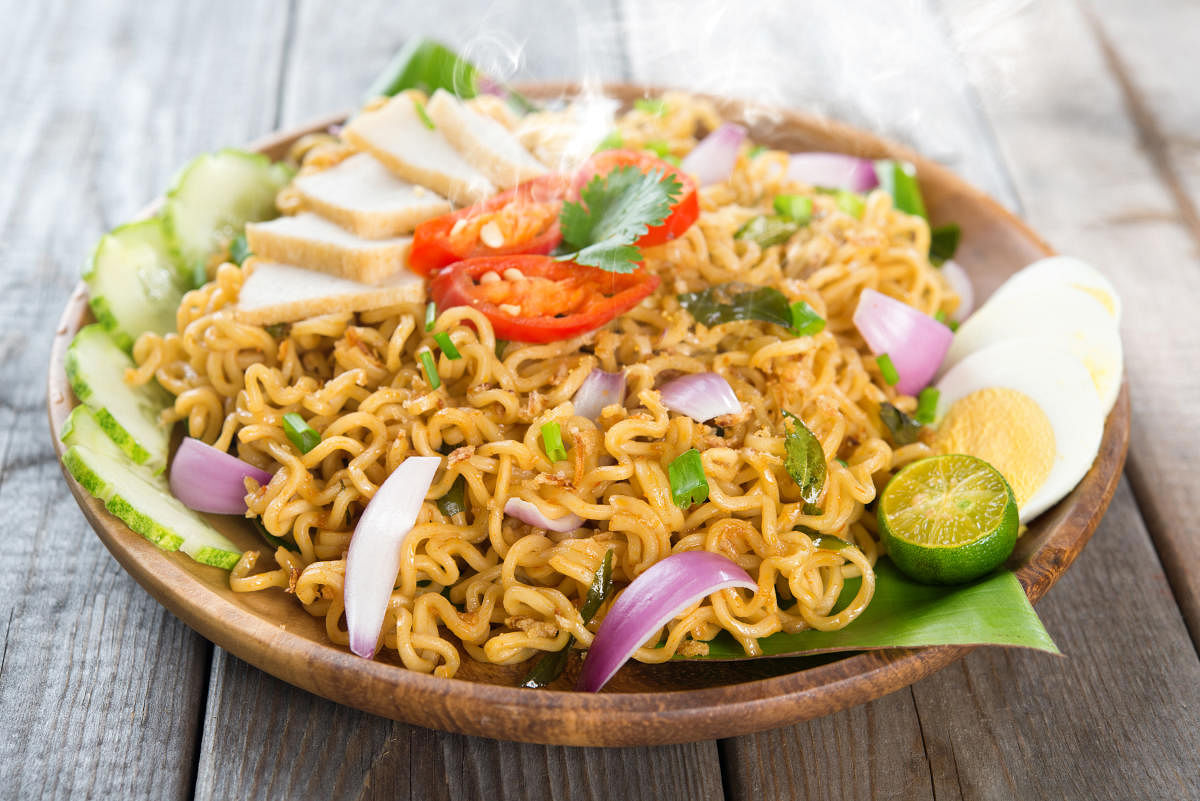
When I say the word ‘noodles’, it’s natural that you think of Maggi noodles; it is something that we all grew up eating.
But with more of us travelling the world and exploring world cuisine, it’s safe to say that by now we know that there’s much more to the noodle world than what brand Maggi
has to offer.
Noodles are nothing but unleavened dough that’s stretched, rolled flat and cut into shapes that could either be strips, waves, tubes, strings, shells or folder. It’s easily cooked when added to boiling water — adding a bit of oil and salt can help enhance the flavour.
The best part is, you can have it in dry, pan-fried, deep-fried or in a form of soup. The versatility of it based on regional variations is quite amazing. In fact, it’s a staple food in many cultures.
A look back
Various record says that this one dish is more than 4,000 years old. A report says that in 2002, a bowl of noodles believed to be 400 years was dug up in Qinghai province, China. The earthenware bowl and its preserved contents were found buried beneath three metres of the ground at an archaeological site in Lajia.
Another report says that the earliest Chinese noodles weren’t even strands of dough. In fact, there were shaped into little bits, formed from bread dough and thrown into a wok of boiling water. It was called mian pian and eaten by the Chinese.
There’s also wheat noodles in Japan called udon who was adapted from a Chinese recipe by a Buddhist monk in the 9th century. By the 1900s, the ramen noodles became popular in Japan.
And if you thought it was Asians who discovered this versatile item, there’s a mention of noodles in Jerusalem too. Dating back to the 5th century A.D., a string-like pasta called ‘itrium’ made of semolina was mentioned by Syrian physicians. This was dried before cooking.
While we may not be too sure as to where this actually originated from, we know that there are a number of noodle options to choose from.
Udon noodles
The Japanese noodles is a popular choice in soups, stews and noodle bowls. It’s soft, slippery and chewy. It has a slight flavour on its own, so when you mix it with some peanut sauce and a few veggies, it’s a match made in heaven.
Ramen noodles
There’s something divine about a hot bowl of ramen on a rainy, cold day. It’s filling, very easy to make and has loads of flavour that probably none of the other noodles can provide. All you need is a delicious broth with a bed of sauteed veggies and meat; sometimes even a boiled egg works.
Chowmein noodles
You’re probably familiar with this one. The pan-fried firm and chewy noodles, with its spicy flavours, is lovely. Depending on which region you are from, you can add your meat accordingly to enhance its flavour.
Shirataki noodles
This one isn’t popular in India, but in the US, it is sold as ‘miracle noodles’.
It’s said to have zero net calories and carbs. It’s known for its slippery texture and makes for a good cold noodle salad.
Idiyappam
South Indians definitely know this dish. This item actually dates back to the 1st century A.D. and it’s said to have originated from Sri Lanka. The rice flour noodle is served with different things, depending on the area. You can have it with anything from egg roast, kadala curry, sugar and coconut and even banana.
Rice vermicelli
Vermicelli might have
other Asian country’s influences but we know it as a breakfast or snack item. Interestingly, products made of less than 50 per cent rice cannot be labelled as rice vermicelli. However, we use it to make festive food, paayasam and much more with the ingredients available at home.